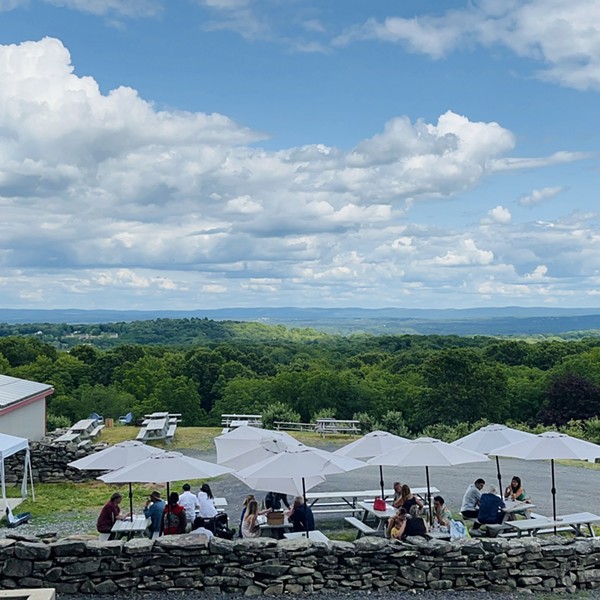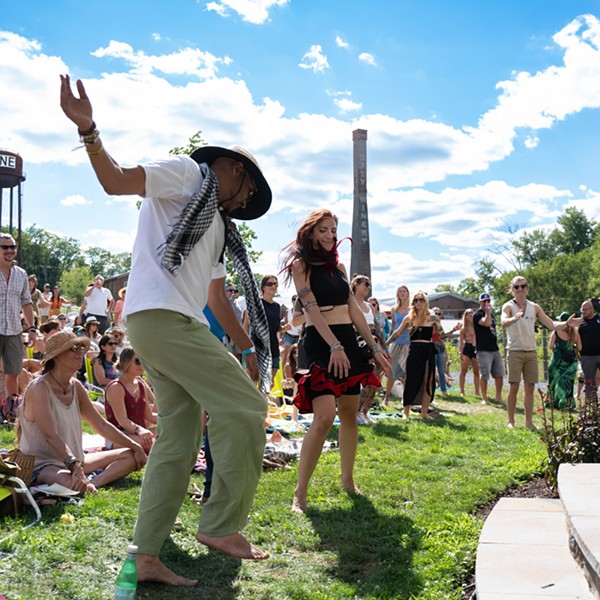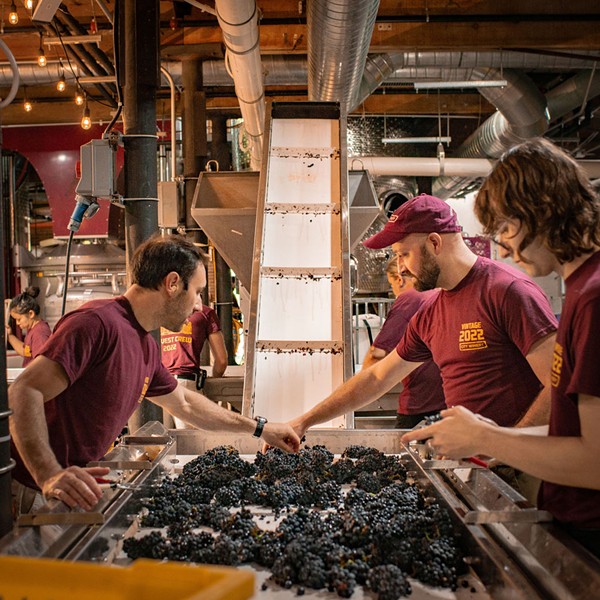Known for its acres of farmland, impressive estates and nostalgic, community-oriented citizens, the quaint village of Millbrook is situated almost directly in the center of Dutchess County’s town of Washington.
On any given day the sidewalks of Franklin Avenue are bustling with locals perusing their favorite rustic boutiques while tourists and weekenders enjoy awe-inspiring scenery and perhaps a change of pace.
In a 2003 New York Times article about the village, Ellen Maguire reported on the influx of weekend residents to Millbrook. She primarily credited the pairing of Manhattan “urbanites yearning for touches of small-town life” and the beauty of Millbrook’s “vast estates and hundred-acre horse farms.”
According to town and village historian David Greenwood, weekenders are hardly a recent trend—they are actually a part of Millbrook heritage. “There are a number of estates that have been in the same family or a relative of the original builders since their inception,” says Greenwood. “Having people with multiple homes is really part of the tradition here. As far as the latest arrivals—the community has a real sense of self, which is shared generously by the people who live here full time and supported by the weekenders.”
Many of these weekenders include celebrities whose second homes fall within the 1.9 square-mile village. Actor Liam Neeson, news personality Katie Couric, and singer Faith Hill are just a few. Countercultural icon Timothy Leary also staged his acid tests on an estate in Millbrook in the 1960s.
Plenty of full-time residents also call Millbrook home—families are raised, homes are made, and traditions are carried on with a backdrop left virtually untouched since the 1800s. Local traditions generally focus on an agrarian lifestyle incorporating small town ideals, farming, and equestrian culture.
Horse farms, riding clubs, and competitions have been prominent in Millbrook since the village’s inception in the late 1800s and remain popular today. For over 100 years the Millbrook Hunt has taken place annually during the autumn. A tradition founded in Britain, the event sees men and women on horseback accompanied by hounds setting out to hunt foxes across the hills and through the woods of some of Millbrook’s largest estates. “As we travel the countryside and see the hunt in progress we see a rare image; it captures a time and place that exists in very few locations in this day and age,” says Greenwood. “The landscape and the ‘pinks’—the riders on the horses—over the countryside is just a timeless image.”
While traveling east on Route 44 from Poughkeepsie, strip malls and franchise businesses slowly fade into rolling hills dotted with farmhouses and trees. February in Millbrook is an especially scenic time—green and yellow-tipped grass peaks through melting snow while white picket fences juxtaposed with log cattle fences. Snow and grass alternate in parallel rows on much of Millbrook’s farmland, indicating previous planting patterns. Modest homes and grand estates alike feature stonework dating back to the late 1800s—most of which was built by Italian immigrants.
According to Greenwood, much of the uninhabited land is on family estates and will remain undeveloped. “Most communities have been obliterated because of commercial growth,” he says. “Our hamlet still has the charm that it did 100 years ago.”
Millbrook proper
Settled by Quakers in 1869, the village of Millbrook grew around a newly constructed railroad running parallel to today’s Front Street. According to Greenwood, “as Millbrook grew as a commercial center it eventually absorbed the earlier neighboring hamlets of Harts Village, Washington Four Corners, and Mechanic,” which are still currently parts of “Millbrook proper.”
Early families farmed crops and cattle, due to superlative soil fertility and acres of available land. These practices were ultimately lucrative for settlers—families began calling Millbrook home and cultivating fortunes atop the newly broken ground. These wealthy families did not use the land exclusively for personal financial gains—many early families were very active in community service and philanthropy.
Thorne Memorial School on Franklin Avenue was donated in 1895 by resident Samuel Thorne as an attempt to cultivate an educationally rounded community as well as a legally incorporated village—it is still in use today. According to Greenwood, Thorne “necessitated legal incorporation in order [for the village] to receive the gift; hence, the incorporated Village of Millbrook dates from 1895, despite its earlier origins.”
The Millbrook Free Library was also a gift. It was given to the village in 1908 by the widow of Capt. Richard Hayes in his memory.
















